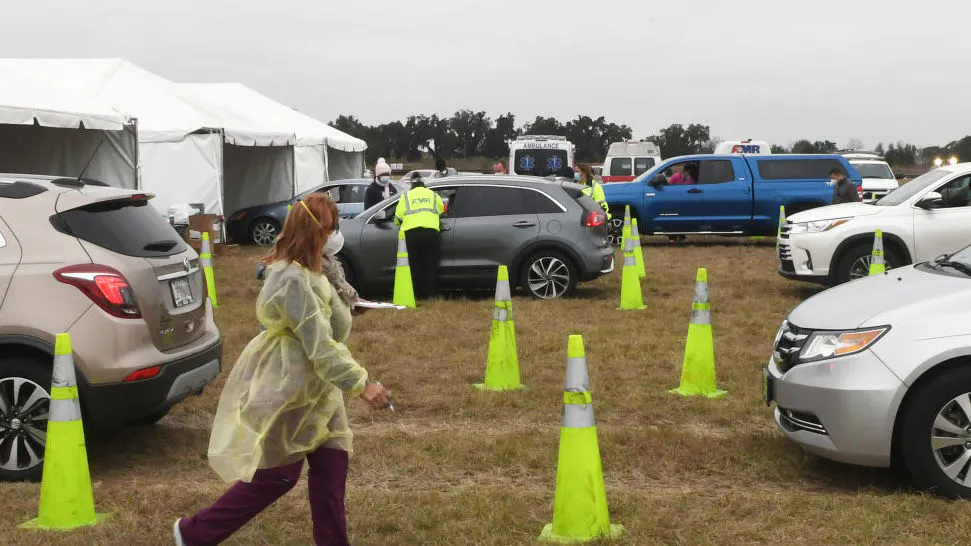Vaccine providers in Florida must now verify that the intended recipients of COVID-19 vaccines actually live in Florida on either a full-time or seasonal basis, according to new guidelines issued by Florida Surgeon General Scott A. Rivkees.
“The COVID-19 vaccine remains scarce within the United States and vaccine availability in Florida is extremely limited,” reads the state surgeon general’s public health advisory.
While the COVID-19 vaccine has been made available to those over 65 in Florida, those looking to receive it will now have to demonstrate residency, such as by showing an identification card, mortgage payment, or other form of proof as outlined in the Florida Statutes, according to a copy of the public health advisory obtained by ABCAction News.
The Wall Street Journal previously reported that some foreigners and out-of-state residents were traveling to Florida specifically to get a COVID-19 vaccine. Republican Florida Gov. Ron DeSantis has given the green light for part-time state residents to receive a vaccine, but that it isn’t okay for visitors to engage in “vaccine tourism,” reports Florida Today.
The surgeon general’s health advisory notes a single exception to the new residency requirement: Any individual “present in Florida for the purpose of providing health care services involving direct contact with patients” may still receive a COVID-19 vaccine.
Through the Trump administration’s Operation Warp Speed, the federal government played a significant role in accelerating the development and approval of a COVID-19 vaccine. The role of administering vaccines, however, was relegated to individual states.
As of Thursday, approximately 5.8% of Florida residents have received the first dose of a COVID-19 vaccine, according to Center for Disease Control and Prevention data compiled by The Associated Press. Furthermore, 0.5% of those COVID-19 vaccine recipients have since received their second dose.
The CDC Data, which can lag behind by several days, shows that the former vaccine leader, West Virginia, has been relegated to second place by Alaska. As of Thursday, data showed 9.4% of West Virginians had received the first dose of the COVID-19 vaccine, while 9.8% of Alaskans had received the first dose. West Virginia led Alaska in fully vaccinated residents by .1%, according to the CDC data. No other states have vaccinated more than 8% of their residents against COVID-19.
On the other end of the spectrum, however, are states that have been lagging in vaccine administration. According to the CDC data, two states have administered vaccines to fewer than 4% of their state’s population: Nevada, where only 3.8% of residents have received their first dose, and Alabama, where only 3.4% of residents have received one.
More than a dozen states have vaccinated between 4% and 4.9% of their residents, including Idaho (4.1%), Wisconsin (4.1%), California (4.1%), Arizona (4.1%), South Carolina (4.1%), Virginia (4.2%), Ohio (4.2%), Georgia (4.3%), Missouri (4.3%), North Carolina (4.5%), Maryland (4.5%), Kansas (4.5%), Illinois (4.5%), Mississippi (4.6%), Minnesota (4.6%), Pennsylvania (4.7%), New Jersey (4.9%), and Washington (4.9%).

.png)
.png)

